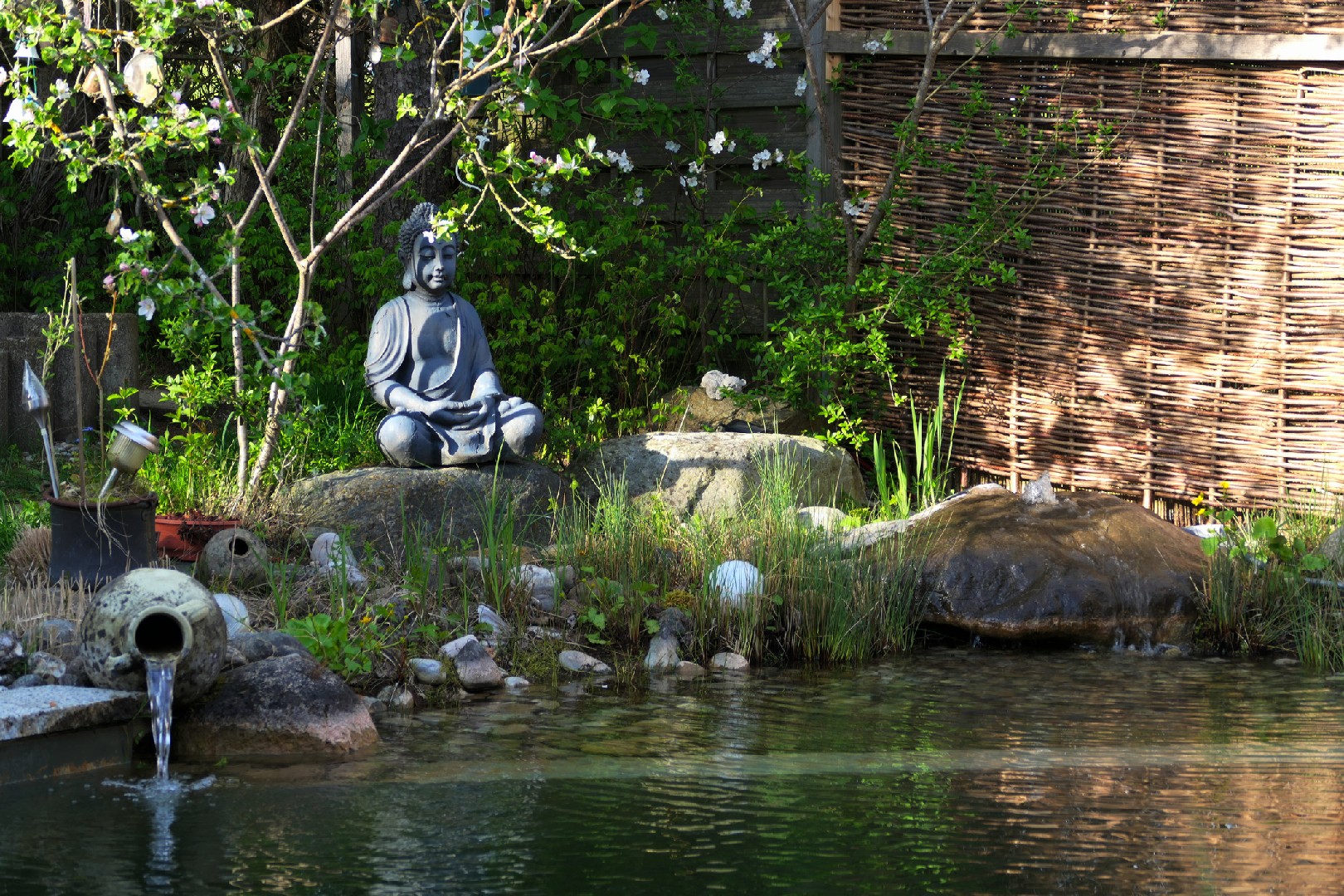
Maintaining Zen in Your Garden: Care and Consideration
Creating a Zen garden is just the beginning of your journey towards tranquility in your outdoor space. Once you have designed and set up your garden, it's important to maintain it regularly to preserve its peaceful atmosphere. In this section, we will explore some essential maintenance tasks and practices that will help you keep your Zen garden in perfect harmony.
Routine maintenance tasks are crucial in ensuring that your Zen garden remains a calming sanctuary. The first task you should incorporate into your routine is raking the sand. This not only helps to keep the sand level and smooth but also symbolizes the act of cleansing and purification. As you gently rake the sand in straight lines or concentric patterns, you can visualize any negative energy being dispersed and replaced with positive vibes. Additionally, raking the sand also helps to create a sense of order and discipline, promoting a calm state of mind.
Trimming the moss is another important maintenance task that should not be overlooked. Moss is a common element in Zen gardens as it adds a natural and serene touch to the overall design. However, over time, the moss can grow unevenly or become discolored, affecting the aesthetic appeal of the garden. By regularly trimming the moss, you not only keep it looking neat and uniform but also prevent it from overshadowing other elements in the garden. Use a pair of small scissors or shears to carefully trim any excess or unwanted growth, taking care not to damage the surrounding plants or rocks.
In addition to routine maintenance tasks, it is essential to frequently assess your Zen garden and make any necessary adjustments or rotations of elements. Over time, the effects of weather, sunlight, and natural wear and tear may cause certain elements to lose their original beauty or significance. By regularly evaluating your garden, you can identify any areas that require attention and make the necessary changes. This could involve repositioning rocks, replacing plants, or even introducing new elements to enhance the overall balance and harmony.
Beyond the physical aspect of maintenance, caring for your Zen garden is also an opportunity for meditative practice. While performing routine tasks such as raking the sand or trimming the moss, approach them with a mindful and present mindset. Focus on the sensation of each movement, the sound of the rake or shears, and be fully present in the moment. This practice of mindfulness helps to deepen your connection with your garden and cultivates a sense of peace and tranquility within yourself.
In conclusion, maintaining a Zen garden requires care, consideration, and a mindful approach. Incorporate routine tasks like raking the sand and trimming the moss into your gardening schedule to keep your garden in pristine condition. Regular assessment and possible rotation of elements will ensure that the garden's beauty and harmony are preserved. Finally, embrace the meditative practice of maintaining your Zen garden as an opportunity for inner reflection and tranquility. By following these maintenance practices, your Zen garden will continue to be a haven of peace and serenity, providing you with a sanctuary to escape the stresses of everyday life.









